Home > Climate News >
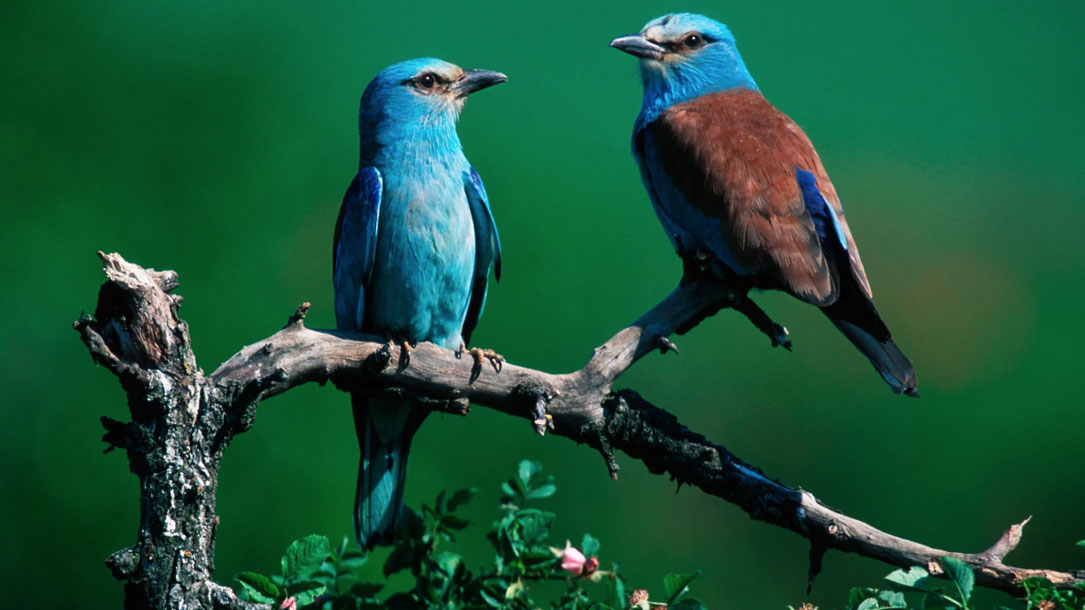
Many animals can’t adapt fast enough to climate change
A new paper in Nature Communications, coauthored by more than 60 researchers, aims to bring a measure of clarity. By sifting through 10,000 previous studies, the researchers found that the climatic chaos we’ve sowed may just be too intense. Some species seem to be adapting, yes, but they aren’t doing so fast enough…
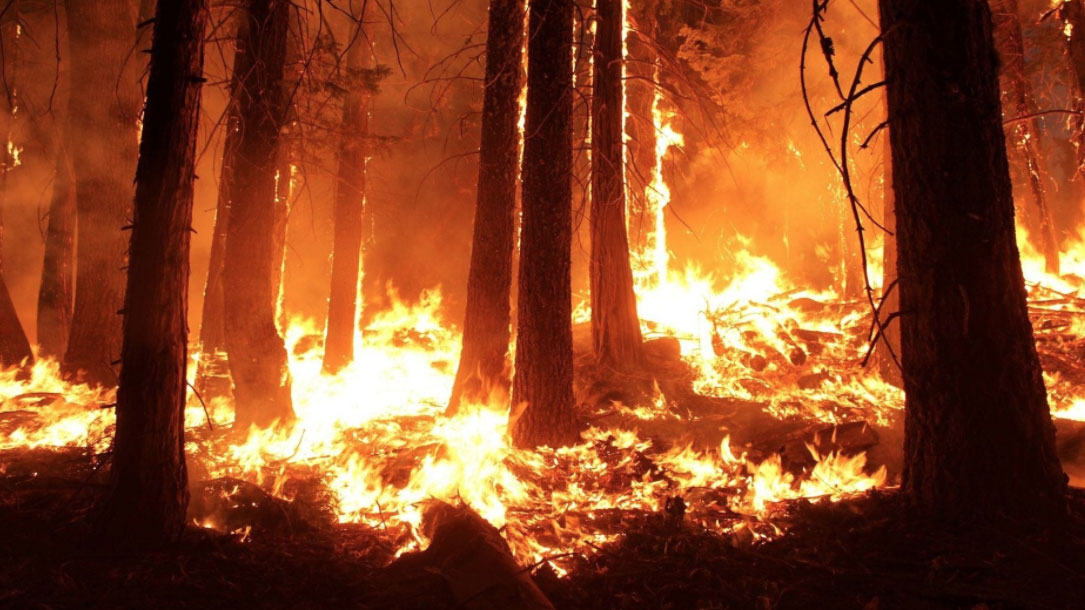
Climate will increasingly determine post-fire tree regeneration success in low-elevation forests, Northern Rockies, USA
Climate change is expected to cause widespread shifts in the distribution and abundance of plant species through direct impacts on mortality, regeneration, and survival. At landscape scales, climate impacts will be strongly mediated by disturbances, such as wildfire, which catalyze shifts in species distributions through widespread mortality and by shaping the post-disturbance environment. We examined the potential for regional shifts in low-elevation tree species in response to wildfire and climate warming in low-elevation, dry mixed-conifer forests of the northern Rocky Mountains, USA.

Charred forests not growing back as expected in Pacific Northwest, researchers say
Camille Stevens-Rumann’s research has taken her from the charred forests of America’s Rocky Mountain ranges all the way to the Pacific Northwest, just south of the British Columbia border.
More recently, a 2019 study written by her colleague Kerry Kemp found that both Douglas fir and Ponderosa pine seedlings in Idaho’s Rocky Mountains—just south of B.C.—were also struggling in low-lying burned areas due to warmer temperatures, leading to lower tree densities.
[The] fertility of landscape is inconsistent, as dry heat in some areas has stripped the soil of its ability to support trees…

How scientists are using selfies to challenge stereotypes
Science and scientists have been under siege. The scientific community is pushing back, by humanizing itself.
Perhaps unsurprisingly, the Scientist Selfies study found that participants considered scientists posting selfies to be warmer, more trustworthy, and no less competent than scientists posting science-only photos on Instagram…
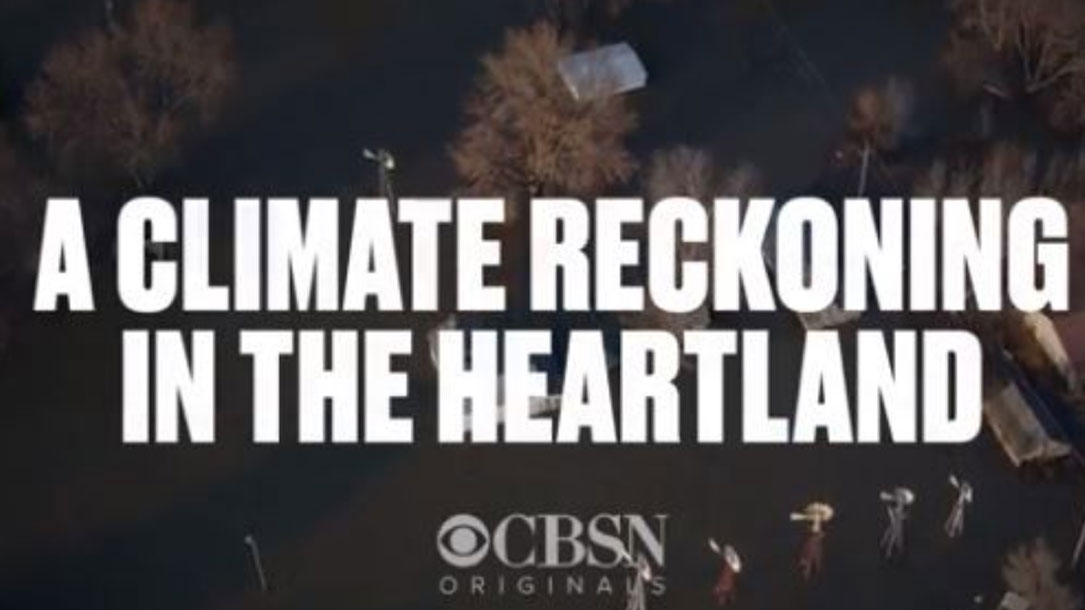
“I’m not a climate change guy, but…” Farmers reckon with new reality in the heartland: Video
The reality is that protecting land for future generations is now more at risk than ever before: families’ lives are at stake. We need to rethink what conservation will mean into the future.
In response to troubling weather patterns and climate changes, some farmers in Nebraska are considering new solutions to keep their businesses afloat. One of those farmers, Graham Christensen, travels the country discussing a green farming initiative called regenerative farming…

The next regeneration
From behind the wheel, Ben Dobson, the farm manager, explained why his farm was unseasonably busy. “The basic premise of what people are now calling ‘carbon farming’ is that the earth’s surfaces were made to photosynthesize,” he said, eyeing his fields with a relaxed confidence.
It’s all part of a natural cycle: On warm days, Dobson’s crops pull carbon dioxide from the sky and release it into the soil where it nourishes developing plants. Even in the dead of winter, the fields are full of roots working to keep carbon in the soil. This is one of the ways that Dobson’s farm is able to keep carbon dioxide, the main greenhouse gas responsible for climate change, in the ground…

The Terrible Truth of Climate Change
“In June, I delivered a keynote presentation on Australia’s vulnerability to climate change and our policy challenges at the annual meeting of the Australian Meteorological and Oceanographic Society, the main conference for those working in the climate science community. I saw it as an opportunity to summarise the post-election political and scientific reality we now face.
As one of the dozen or so Australian lead authors on the United Nations Intergovernmental Panel on Climate Change’s (IPCC) sixth assessment report, currently underway, I have a deep appreciation of the speed and severity of climate change unfolding across the planet. Last year I was also appointed as one of the scientific advisers to the Climate Council, Australia’s leading independent body providing expert advice to the public on climate science and policy. In short, I am in the confronting position of being one of the few Australians who sees the terrifying reality of the climate crisis…”
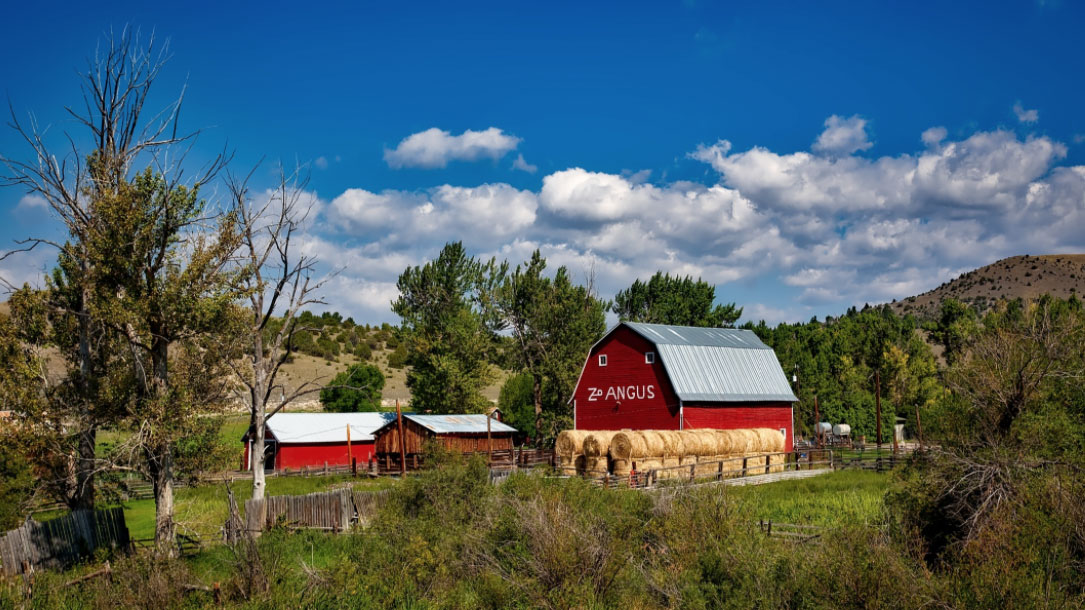
Montana Governor Steve Bullock becomes 25th governor to join U.S. Climate Alliance
‘Montana Governor Steve Bullock today issued an executive order to join the U.S. Climate Alliance. In his announcement, he stated, “Climate change is already impacting our way of life and our economy. How we choose to respond to the changes around us offers a pivotal opportunity to both safeguard our traditional strengths and diversify and grow new opportunities for our future. Like all difficult issues we tackle here in Montana, I know we can find a path forward by getting together, rolling up our sleeves, and focusing on the values we share in common.”’
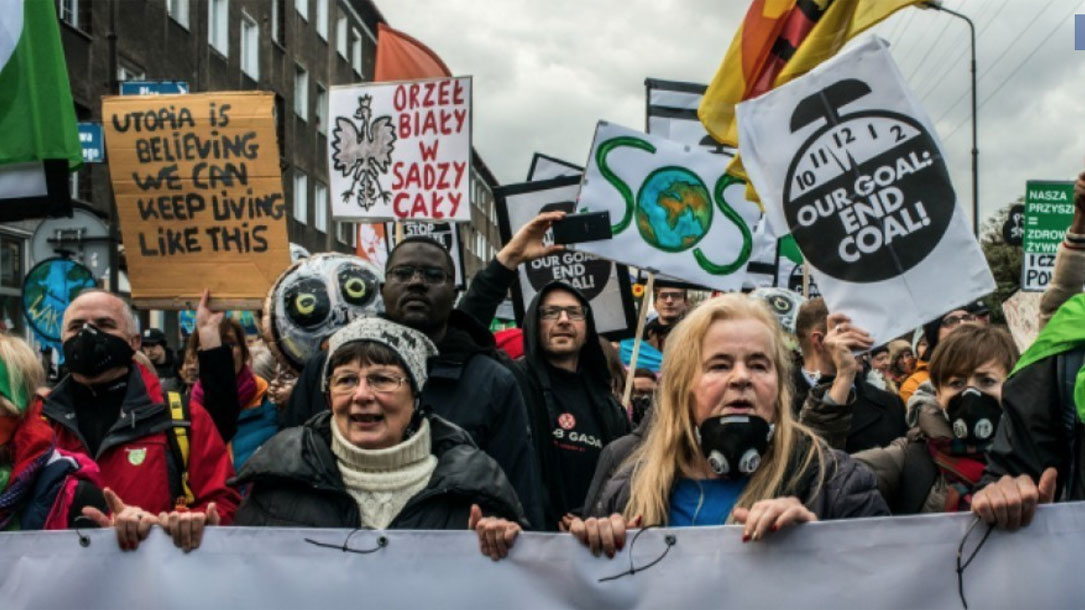
The terrible truth of climate change
“In June, I delivered a keynote presentation on Australia’s vulnerability to climate change and our policy challenges at the annual meeting of the Australian Meteorological and Oceanographic Society, the main conference for those working in the climate science community. I saw it as an opportunity to summarise the post-election political and scientific reality we now face…”

The new plan to remove a trillion tons of carbon dioxide from the atmosphere? Bury it in farmland.
“Carbon dioxide levels in the atmosphere [recently] surpassed 415 parts per million, the highest in human history. Environmental experts say the world is increasingly on a path toward a climate crisis.
The most prominent efforts to prevent that crisis involve reducing carbon emissions. But another idea is also starting to gain traction—sucking all that carbon out of the atmosphere and storing it underground.
But an upstart company, Boston-based Indigo AG, now wants to transform farming practices so that agriculture becomes quite the opposite of what it is today (a major source of greenhouse gas emissions)…












